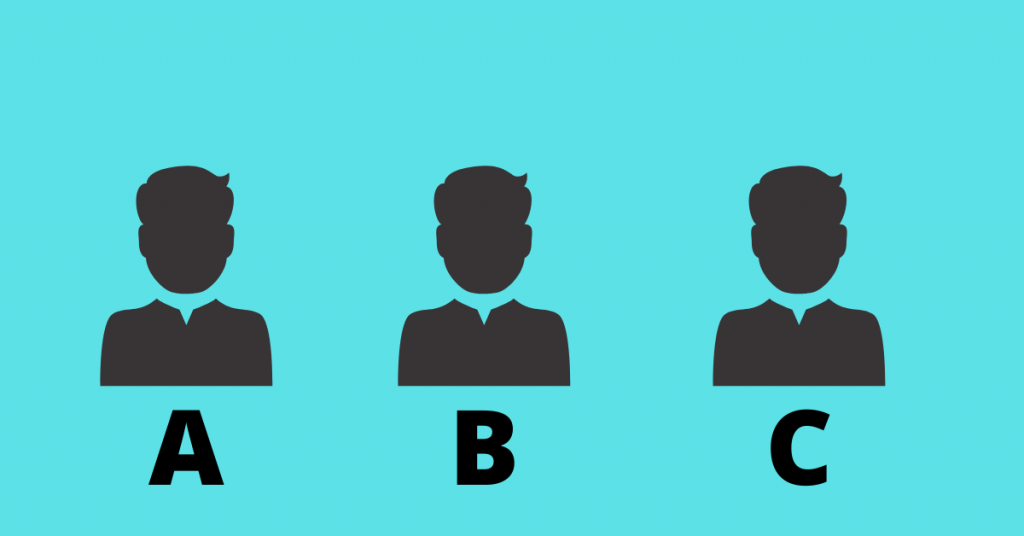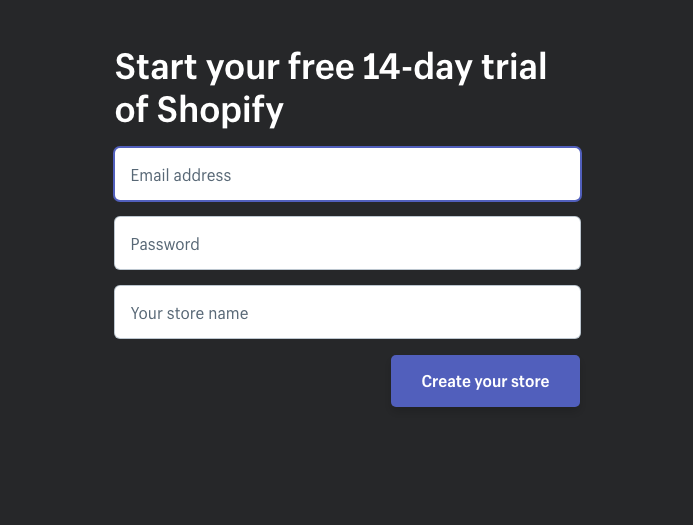Imagine if you could maximise the spend of every customer who purchased from you?
In this guide I’m going to make that dream a reality.
If you’ve never heard the term ‘value ladder’ before, it’s highly likely that you’re leaving a ton of money on the table…
…but how do I know this?
Without directly asking there’s no way of knowing exactly how much money a customer has to spend with your business. And, even if you are in an industry that allows you to ask, it’s very possible that the customer will lie or underestimate their spending power.
On top of this, the vast majority of prospects won’t even convert into customers when faced with your entry price point.
Contents
A Value Ladder-Less Example
Let’s take a look at an example of what happens to businesses who don’t implement a value ladder:
Imagine that you are faced with 3 prospective customers who are all keen to buy your solution:
- Customer A has £20 to spend
- Customer B has £50 to spend
- Customer C has £250 to spend

Your business offers a range of products, priced between £30-£70.
If these three customers all spoke to a sales agent (or entered your place of business to buy) they’d walk out spending a maximum combined total of £120. Here’s why:
- Customer A cannot afford to buy anything. He spends £0.
- Customer B has £50 to spend. The best case scenario is that he spends all of it (£50), but it’s more than likely that he’d take a lower priced product if it solved his problem or fulfilled his needs. People are natural bargain hunters!
- Customer C will automatically see that the highest priced product is much less than his spending potential and will buy the premium, highest priced product (£70).
In this example, when faced with 3 prospects, only £120 (maximum) was earned from a potential £320. That’s a massive 62.5% left on the table!
And the worst thing is, you wouldn’t even realise that this huge percentage was lost! You might even think you’ve made some good sales (one premium product and another mid-range). [click_to_tweet tweet=”It doesn’t matter if you operate in a B2B or B2C industry. There are very few businesses that wouldn’t benefit from a value ladder!” quote=”It doesn’t matter if you operate in a B2B or B2C industry. There are very few businesses that wouldn’t benefit from a value ladder!” theme=”style3″]
What is a Value Ladder?
Now we’ve seen what happens to businesses who do not operate value ladders, it’s time to inspect the solution…
A value ladder is a range of products that ascend in price, from your lowest value offer (used as bait to increase list size, prove your value and boost awareness) to your highest priced premium product.
The customer is directed to climb through every stage of your value ladder, maximising their value.

In order to prove the power of the value ladder, let’s take another look at the earlier example:
You are faced with the same 3 customers, but this time your business operates its sales system in a completely different manner.
The only offer you (or your sales team) make to new prospects is a FREE service, or very low priced product (depending on your industry). After this, you only make an offer to the next tier of your value ladder.
This continues indefinitely (the best value ladders either have no end point, or finish with a very high value repeat spending option like a subscription).
In this case, our business sells a service for £0 and then adds on products costing £5, £15, £30, £75, £125, £250, £500…etc. So, what happens to our 3 customers?
- Customer A takes the £0 offer because he has nothing to lose. He received so much value that he decided to purchase the next two tiers. In total, he spends his entire £20 budget.
- Customer B also takes the £0 offer and is very impressed. He buys the next three tiers – £5, £15 and £30. In total he spends £50.
- Customer C is walked through the £0 offer and instantly buys the next 4 value ladder tiers – £5, £15, £30, £75, spending a total of £125. He is so impressed by the amount he has received for half of his budget, that he purchases the next offer at £125. In total he spends his £250.
In this scenario, the entire £320 is captured and the customer’s spending power is maximised.
The Perfect Value Ladder Structure

The structure and staging of your value ladder is absolutely crucial to its success. In this example, the value ladder is structured perfectly (which doesn’t always happen in the real world!).
Before you rush off and start devising the steps of your ladder, you must understand something: the first offer (usually priced at £0) is NOT a consultation or sales meeting. This can act as an immediate red flag for prospects and offers absolutely no value.
Your first offer (£0) must be irresistible, this is usually something that a prospect would normally have to pay for.
When you do this, every prospect who accepts your £0 offer sees your brand as amazing value. This makes them much more likely to purchase the next tiers of your value ladder.
The FREE (or very low cost) offer acts as bait. Increasing the number of prospects who enter your value ladder, boosting awareness and building a list (that can be marketed to in future).
The next offer covers the costs of the initial free offer as well as itself. E.g. if the free offer costs the company £2 and the first offer costs £3, the sales price is £5 (remember to factor in the cost of marketing!).
So far, all you’ve done is break even, but you’ve provided 2 products to a customer at a price they wouldn’t be able to get anywhere else!
The next offer and every offer after it provides your company with profit in gradually increasing margins…
…but, after you provide the initial £0 priced service/product, many prospects will try to purchase the next 3 or 4 tiers of your value ladder in one go! If this happens, make sure they don’t skip any of the steps!
A value ladder only maximises customer value if they have to buy in ascending increments.
Real World Value Ladder Examples
Value ladders are used in a host of different industries to entice, convince and create loyal customers.
To prove their popularity and effectiveness in the real world, I’ve put together a list of examples, some from branded companies and other’s that you’ll immediately recognise as industry standard techniques.
Let’s dive in:
Personal Trainer (or Gym):
- Free Training Session with personal trainer
- Paid Training Plan
- Paid meal plan and nutritional advice
- Regular paid training sessions
- Subscription to classes
- Full year of training sessions (paid at discount from subscription)
- Fitness training retreat (intensive course)
SAAS businesses (e.g. Shopify):

- Free trial
- Paid entry level option (subscription)
- Additional paid plugins (added to monthly subscription fee)
- Upgrade to superior subscription plan
- Upgrade to ultimate (highest level) subscription plan when the dependence on the SAAS platform grows.
Snack Business (e.g. Graze):
- Free snack box delivered
- Discounted supermarket coupon for single use
- Repeat purchase of supermarket product (at full price)
- Subscription to receive product delivered every month
- Upgrade to receive product more frequently
Dentist:
- Free teeth whitening service
- Paid minor teeth repair e.g. fillings
- Teeth straightening service
- Upgrade to premium teeth cleaning service
- Paid retainer for regular check-ups
- Paid subscription for regular teeth whitening and stain removal
Conclusion
A well-structured and carefully planned value ladder has the power to potentially transform your business.
The value proposition at the start of your value ladder (the FREE offer) will drive more prospects into your sales process, increase your list size and create more brand awareness…
…and the staggered nature of your value ladder will maximise your average customer value.
If you are able to create a value proposition that hooks new customers, can liquidate your costs and marketing spend in the 2nd (or 3rd step) of your value ladder and you can build a backend that maximises the spending potential of your most valuable customers…
…you’ll have a value ladder that could change everything!
Want more marketing strategies, tactics and advice? Check out one of our most popular ever articles:
- Social Media Image Sizes 2020
- Instagram Post Reach: How to Reach More People With Your Insta Posts
- Facebook Page Likes; Get 1000s for Free
- Customer Avatar: Find and Target Your Ideal Customer
- How to Use Instagram Hashtags (and How Not To) in 2020
- Author Details






5 Responses
Thank you, it was very informative. I liked your lightness of writing.
I work for a saas development company. And I can’t wait to share about the value ladder!